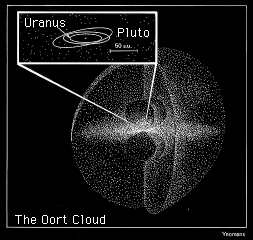This is an illustration of what the Oort cloud might be like.
Click on image for full size
JPL
Where do comets come from?
Mathematical theory suggests that most comets may come to the solar system from very far away, as far away as 100,000 AU. In this picture, the solar system is buried deep within the cloud.
An AU is the distance from the earth to the sun and is equivalent to about 100,000,000 miles. Mars is 1.5 AU from the sun, Jupiter is 5 AU from the sun, and Pluto is 39 AU from the sun. So comets come from very far away indeed.
Comets are observed to come to the solar system from all directions, therefore the place where the comets come from is thought to be a giant sphere surrounding the solar system. This sphere is called the Oort cloud after Jan Oort who suggested its existence in 1950. Thus comets are said to come from the Oort cloud.
(It is natural to ask How did comets get so far away? Astronomers are presently working to understand the answer to that question.)
But some comets may come to the solar system from closer in. The place where these comets come from is called the Kuiper Belt, which is located past the orbit of Pluto.
You might also be interested in:
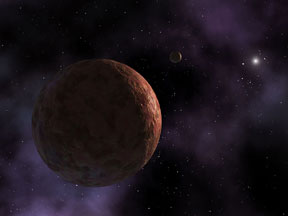
Astronomers have discovered a new planetoid at the far edge of our Solar System. The new object, named Sedna, is probably almost as big as the smallest planet, Pluto. Sedna is very, very far away. It is
...more
The outer edge of our Solar System is not empty. There are many huge spheres of rock and ice out near Pluto's orbit and beyond. Astronomers have a name for everything further out than the planet Neptune.
...more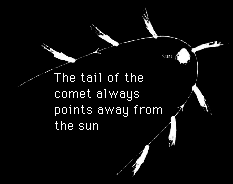
When comets are kicked out of the Oort Cloud, they begin a passage into the solar system, spinning and tumbling as they come. The trajectory which they acquire can be hyperbolic, parabolic, or elliptic
...more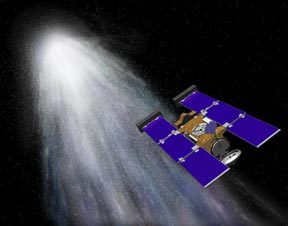
Stardust is the name of a space mission that studied a comet. NASA's Stardust spacecraft flew past a comet named Wild 2 in January 2004. During its flyby Stardust collected some dust particles from the
...more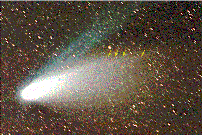
Hale-Bopp continues to offer new surprises as two astronomers report of their study of the comet. Using the Hubble Space Telescope and the International Ultraviolet Explorer, the astronomers did a year-long
...more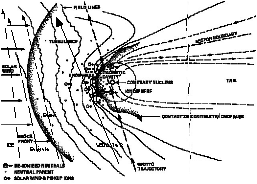
Six spacecraft flew by Halley's comet in 1986. There were two spacecraft launched from Japan, Suisei and Sakigake, and two from the Soviet Union, Vega 1 & 2. One spacecraft, ICE, from the United States
...more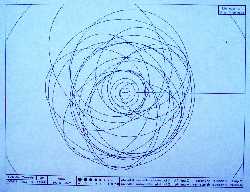
Comets are observed to go around the sun in a long period of time or a short period of time. Thus they are named "long-period" or "short-period" comets. One group of short-period comets, called the Jupiter
...more


